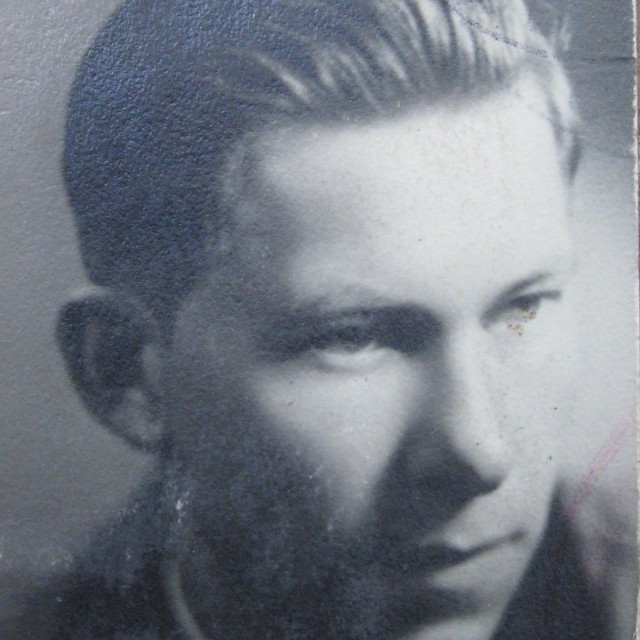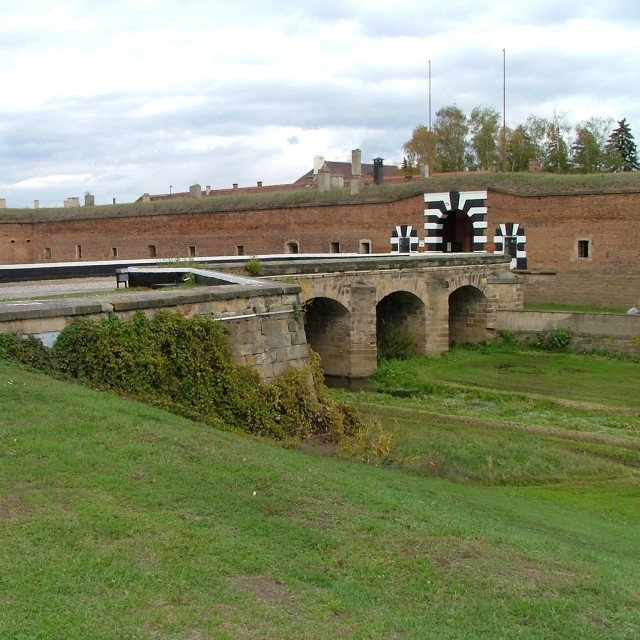The First Experience
Although Karel Veselý spent a “mere” three months in the Little Fortress in Terezín, this period has remained engraved in his memory forever. Immediately upon his arrival in May 1942, he realized that he had just entered hell: “They lined us up in the yard; there were about two hundred of us. An SS-man marched up and down the lines and then he picked a young man from Litomyšl and told him: ‘You are a Jew!’ And he answered: ‘No, I am not a Jew. I am a Christian.’ And the SS-man repeated: ‘You are a Jew!’ And the boy said: ‘No, I am a Christian.’ At that instant the SS-man pulled out his gun and shot him dead, right there in the middle of the line of people. It was the first demonstration of who is in charge in Terezín. They wanted to show us that the prisoners are nothing to them. The guards could treat the prisoners as they wanted, everything was allowed.”
Hodnocení
Hodnotilo 0 lidí
Routes
Not a part of any route.
Comments
No comments yet.







